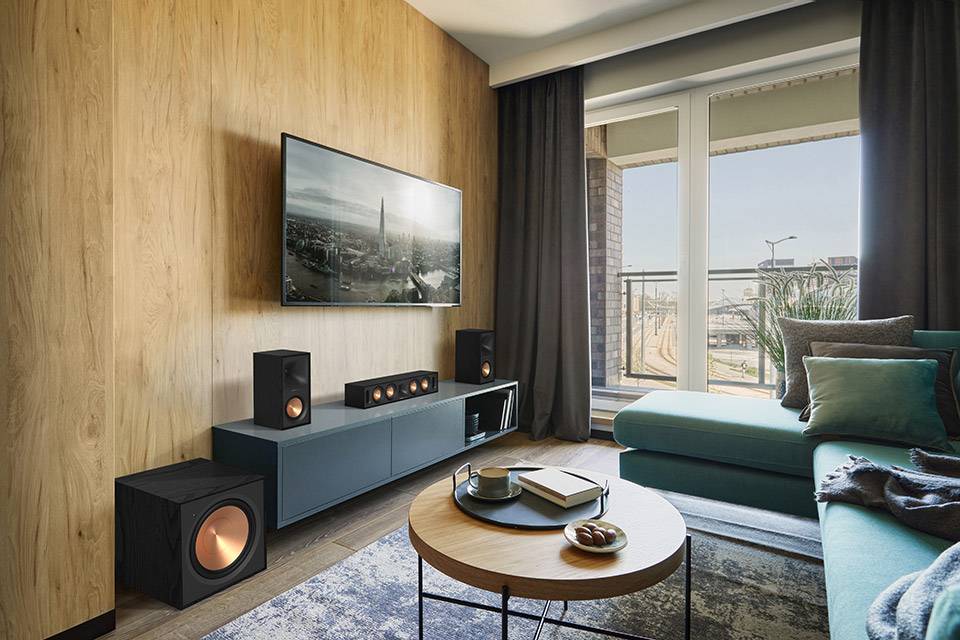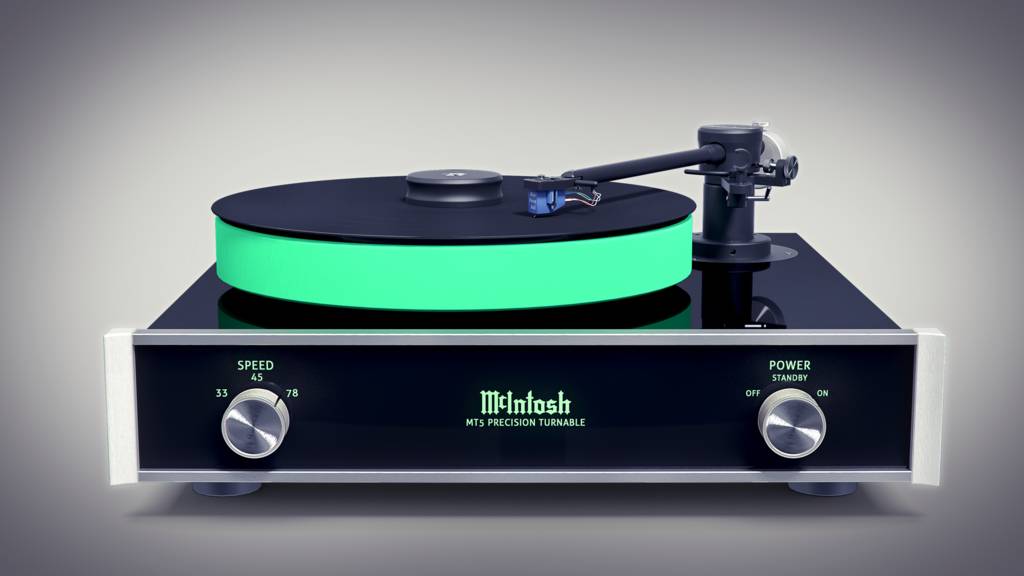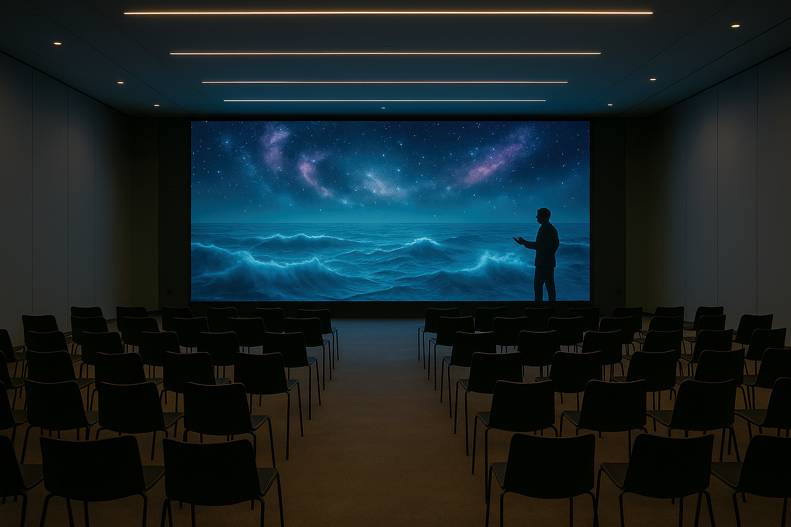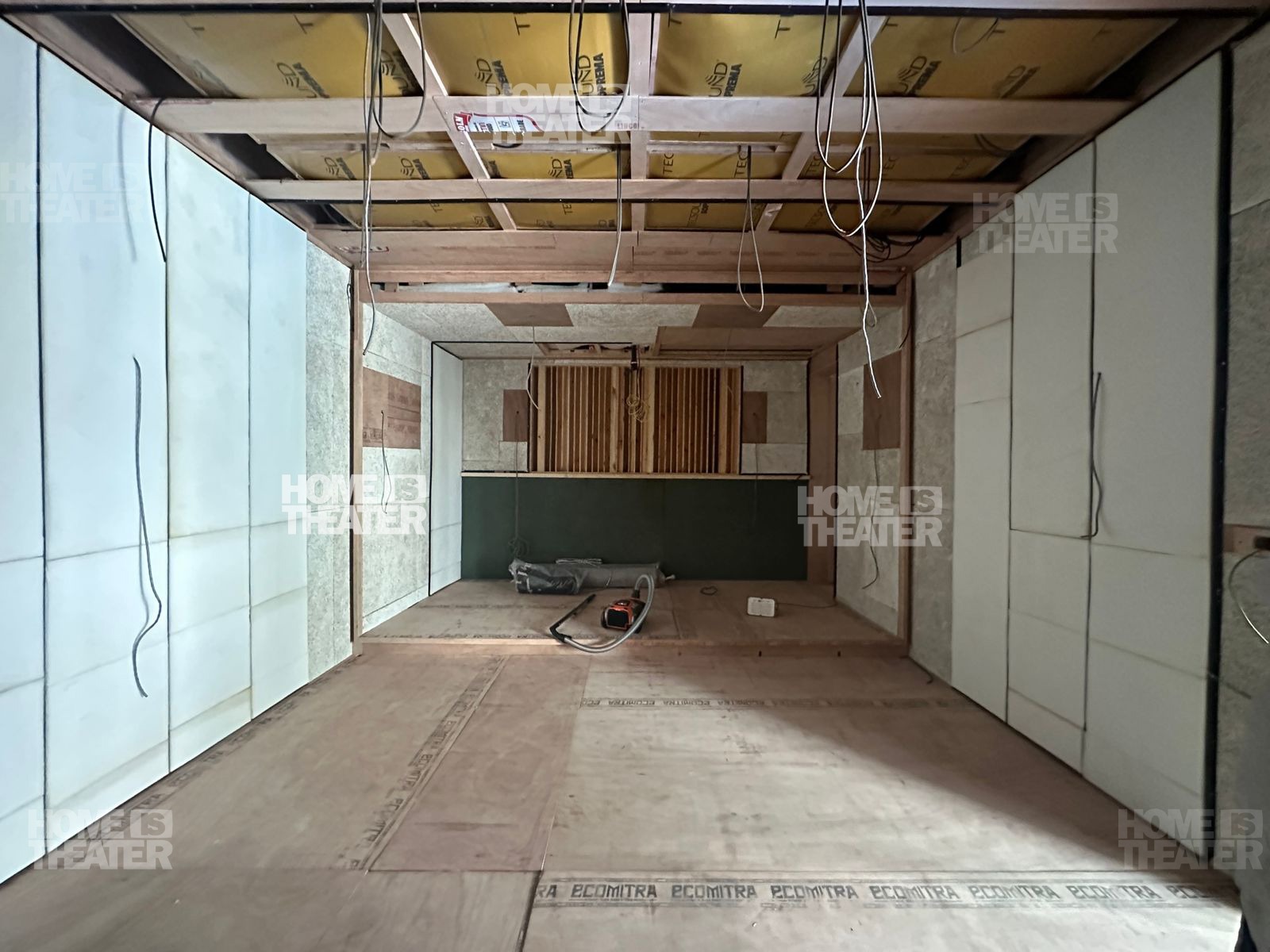Part 2 - Living Room Implementation
Designing a high-performance home theater within a living room especially in upscale apartments or villas is a delicate balance between acoustics, aesthetics, and architectural constraints. Every decision is a negotiation between performance and décor, ambition and available space.
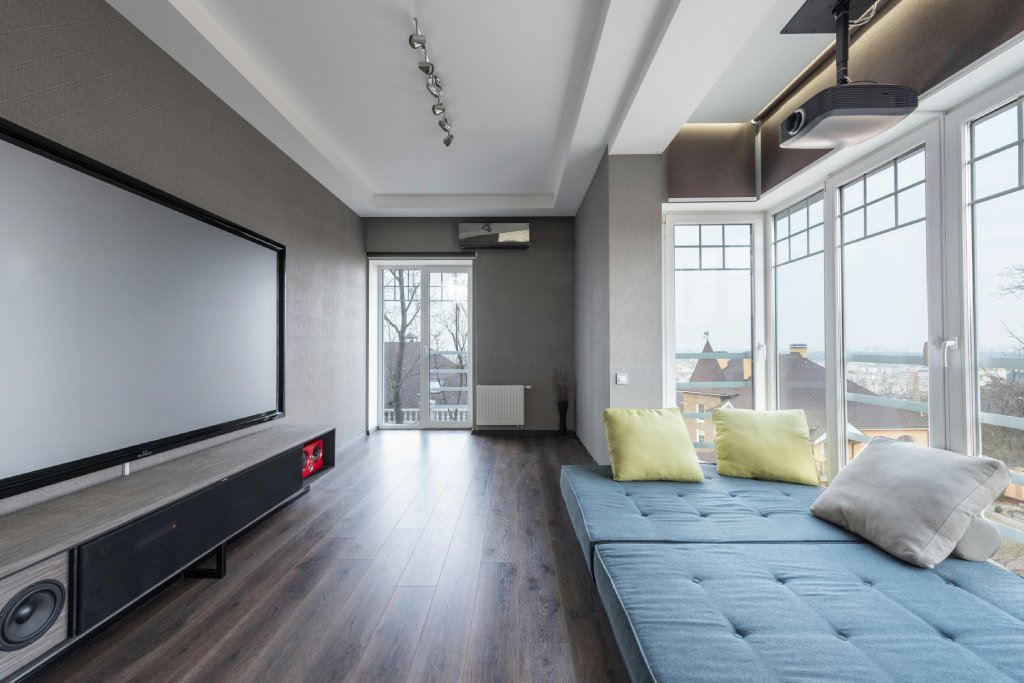
Typical Layouts & Constraints
Most luxury apartments and villas in Mumbai and Bangalore feature living rooms ranging from approximately 280 to 1000 square feet, often characterized by large windows and open layouts connecting to dining and social areas. Although these architectural elements enhance visual appeal, they complicate controlled acoustics and light management key factors in effective home theater design.
Real-world installations reveal common solutions:
- Corner TV or projector placements facing long walls to mitigate window reflections.
- False ceilings to conceal wiring, install height speakers, and integrate ambient lighting discreetly.
- Seating zones designed not only for viewing but also for social interaction, favoring sectional sofas or modular recliners over traditional theater seats.
The greatest acoustic challenge remains the combination of glass, reflective flooring, and open walls adjoining other living spaces.
Ignoring these realities often results in high-end equipment delivering mediocre sound. In contrast, subtle spatial shaping aligned with home theater design principles produces impressive acoustic fidelity even in challenging environments.
Speaker Selection: What Users Prefer
Among clients investing ₹5–20 lakh in AV packages for premium homes, there is a discernible preference for in-wall and on-wall speakers over larger floor-standing models not due to cost, but because of superior integration and aesthetics.
- In-wall speakers excel when homes allow structural modifications during renovation.
- On-wall alternatives serve retrofit projects with minimal civil work.
- A growing number of clients opt for architectural-grade decorative speakers, whose form and finish seamlessly blend with luxury interiors.
These minimalist options often pair with concealed or ceiling-flush subwoofers, delivering high fidelity without compromising room aesthetics.
Display Choices: Practical Trade-Offs

Discussions with homeowners and AV engineers reflect consistent preferences:
- Projectors, particularly ultra-short-throw models matched with ALR screens, remain popular for emotional impact but face challenges in bright, high-ceiling spaces typical of premium living rooms.
- Large OLED or Mini-LED TVs offer trade-offs favoring simplicity and brightness, increasingly chosen for their ease of use.
- Retractable ALR screens are an elegant compromise, disappearing when unused and preserving the openness of living spaces.
Correct screen sizing based on room dimensions is critical to balance immersion against spatial scale. Ambient light remains the principal challenge; without planned shading such as motorized blinds or double curtains, perceived image quality suffers significantly during daytime viewing.
Acoustics: The Most Overlooked Yet Crucial Layer
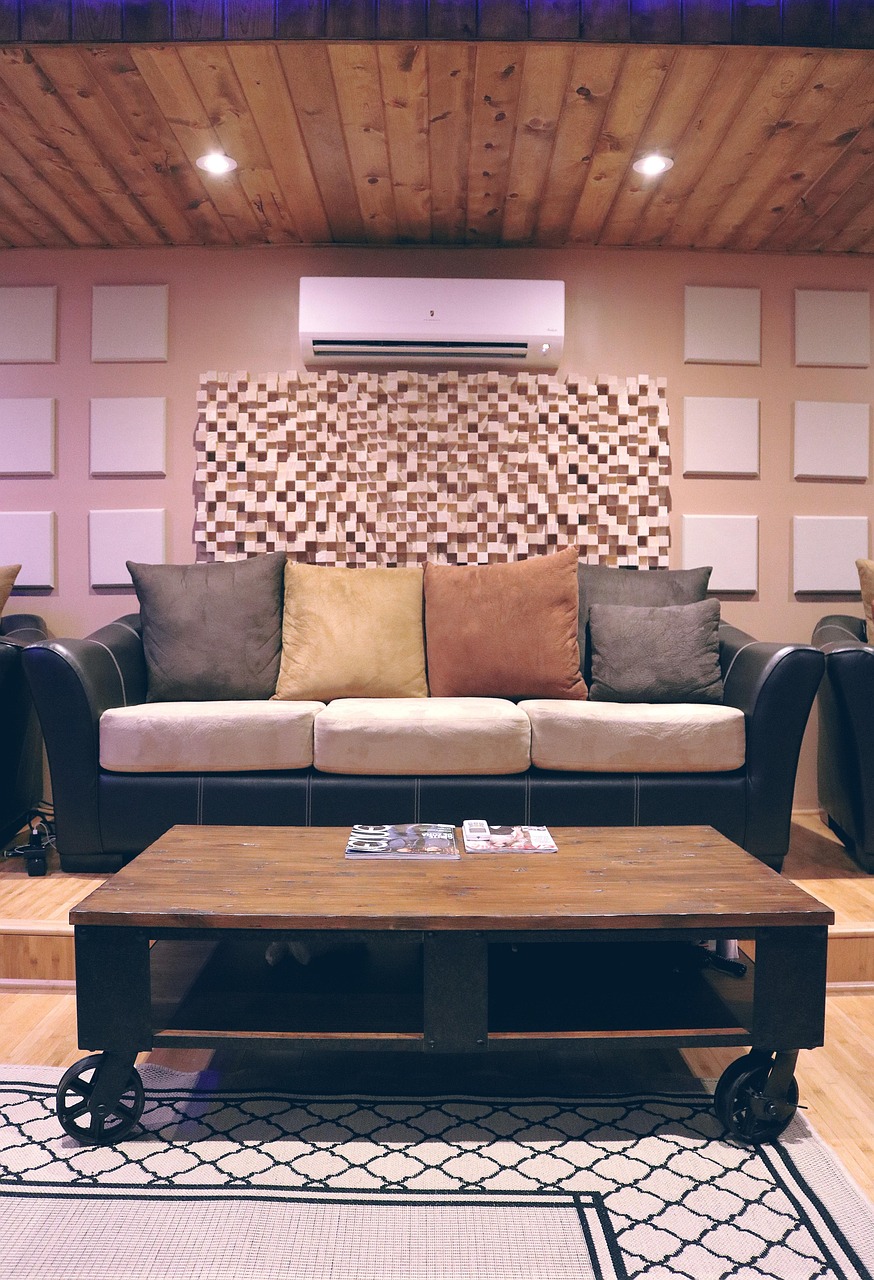
Visible acoustic panels are commonly rejected on aesthetic grounds in premium homes. A more refined approach customizes panels to harmonize with interior color palettes, reducing the sterile “studio” feel. This includes:
- Custom fabric frames matching wall hues.
- Perforated stretch ceilings with integrated absorption.
- Decorative diffusive wall art serving both visual and acoustic functions.
Clients consistently mention that acoustically treated rooms feel “calmer” and “less fatiguing,” improving listening comfort even at casual levels. The right acoustic treatment elevates both sound quality and spatial ambiance.
Subwoofers: The Hidden Power

The Klipsch PRO-800SW is a unique subwoofer with versatile placement options inside the false ceiling or behind a partition.
In spacious 4BHKs or penthouses, managing bass impact without intrusion is vital. Effective solutions include:
- In-wall or corner-loaded subwoofers finely tuned with DSP.
- Use of dual smaller subwoofers to flatten frequency response.
- Acoustic suspension designs delivering tight, clean bass within compact forms.
Proper calibration ensures bass depth without disturbing adjacent spaces.
Common Regrets
Analyses of forum discussions and client follow-ups reveal recurring errors:
- Neglecting acoustic planning during interior design.
- Investing heavily in hardware but skipping professional calibration.
- Selecting large screens without corresponding light control strategies.
- Prioritizing aesthetics at the cost of usability and sound quality.
As one client aptly put it, “If the home theater system is designed for the looks of the speaker, not the sound, you end up spending twice as much to fix it.”
Another way to avoid this is by getting a home theater consultant on board. Professional home theater consultation is essential to navigate these intertwined decisions effectively. Experienced consultants ensure optimal acoustic treatment, speaker positioning, room acoustics, and display sizing while preserving the aesthetic integrity demanded by premium homeowners in cities like Bangalore and Mumbai.
In sum, integrating a high-end home theater into a living room calls for control and intelligence. Every careful choice from acoustics to seating, displays to lighting dictates the final experience. The most successful implementations embrace, rather than fight, the architectural realities.

